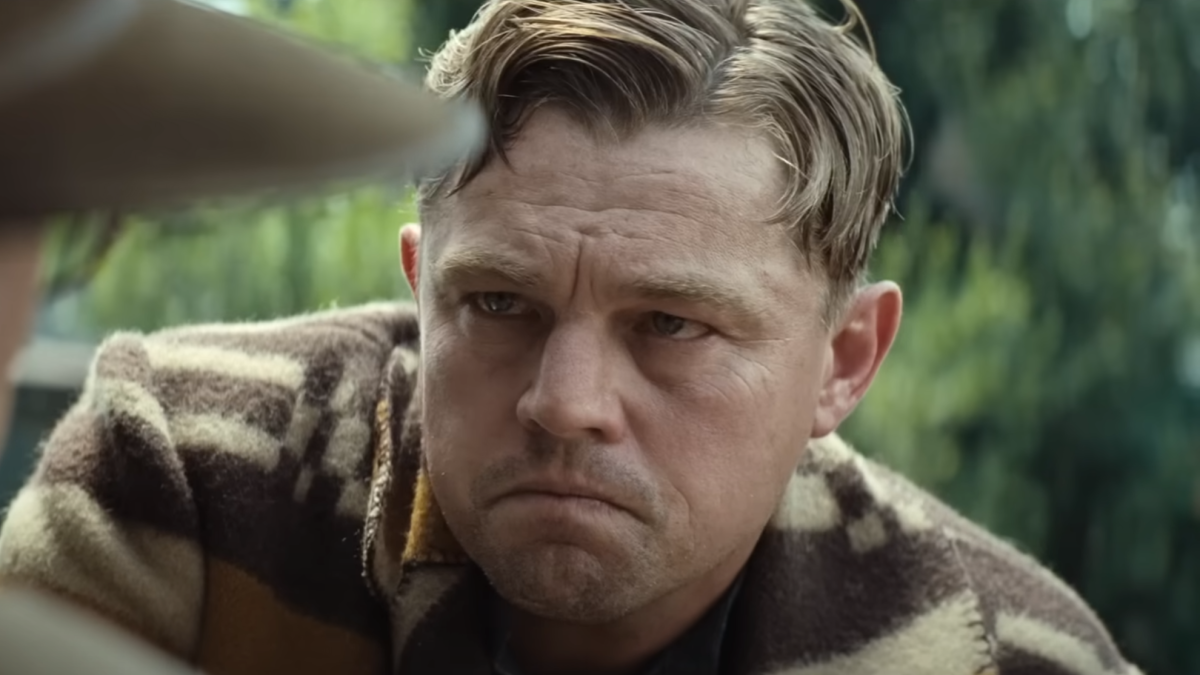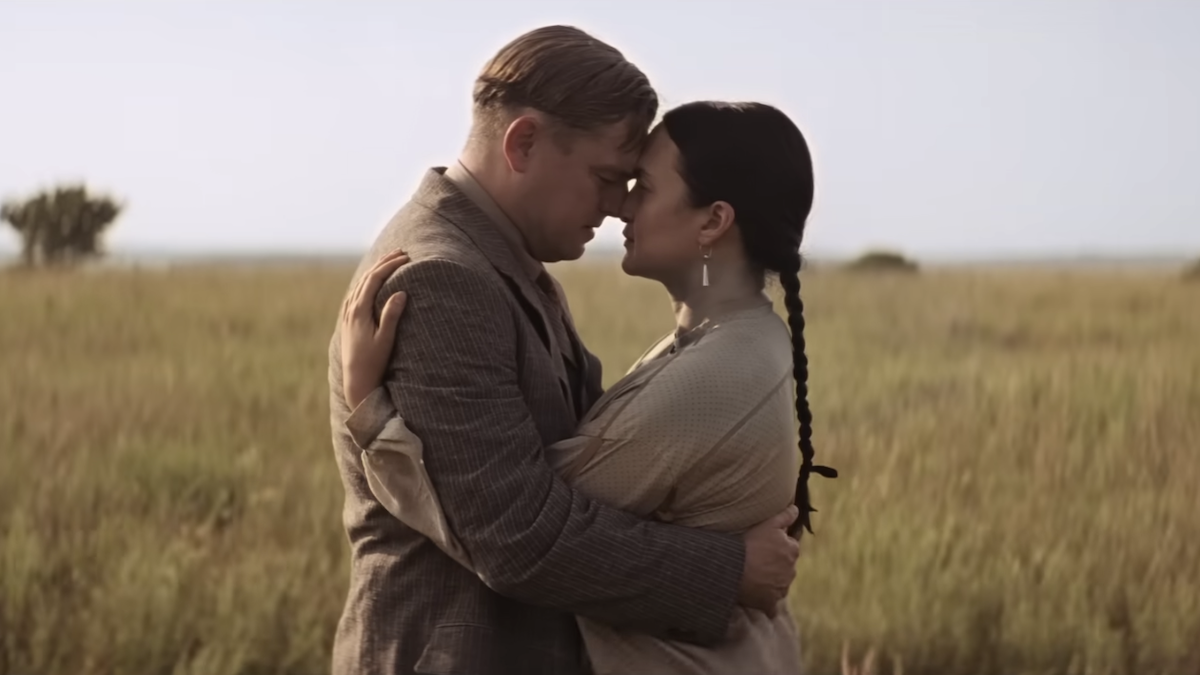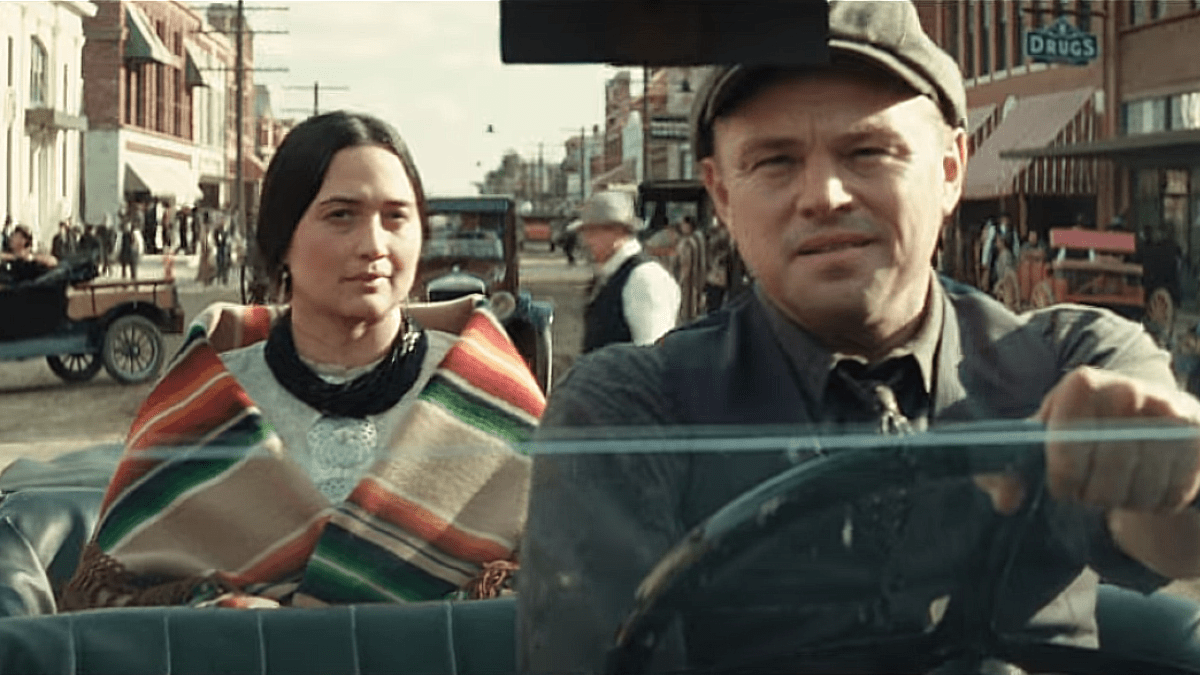Killers of the Flower Moon has finally graced the big screen after a culmination of anticipation of a decade. While some may find its runtime to be on the longer side, we ought to recognize that the significance of this cinematic masterpiece far transcends its duration. Directed by the brilliant Martin Scorsese, this film stands as his magnum opus, featuring his greatest muses: Leonardo DiCaprio and Robert De Niro.
Cinema is back with a message more potent than ever, coinciding with the retelling of a story more heartbreaking than many of us could have ever imagined. The feature-length film closely follows the events outlined in David Grann’s book, Killers of the Flower Moon: The Osage Murders and the Birth of the FBI. While the credits explicitly state that the story is based on the book, a lingering question persists after we exit the theatre: was it, or was it not, also based on a real story?
Did the Osage Nation massacre really happen?

As we watch the almost four-hour-long feature film, it seems that time comes to a standstill. Not because the film is excessively lengthy – it isn’t – but because the atrocities unfolding on screen compel us to pause and truly contemplate these harrowing events. When the film draws to a close, with Scorcese making a featured appearance to discuss Mollie Burkhart’s final days, the realization hits us: this story may indeed be based on actual events. And it is.
The Osage Nation, of course, has long been aware of the horrific mass murders that occurred over a century ago. However, for many of us who have been fortunate enough to lead lives unaware of these events, such a tragedy went completely unnoticed by our very own history books. But they are undeniably real and Grann’s book meticulously portrays these precise details.
At the heart of these narratives lies the tragedy that befell the Osage Nation in early 20th-century Oklahoma, following the discovery of oil on their reservation. This revelation prompted many white American settlers to conspire in tapping into the wealth of the oil-rich lands by plotting to murder the Osage.
These events were further facilitated by the federal government and a systemic erasure that resulted in the dispossession of the Osage from their land, and the terrorization of families who held the rights to the profits. This became known as the “Reign of Terror.”
Did Ernest and Mollie Burkhart exist in real life?

In Killers of the Flower Moon, we witness these tragic events unfold before us, from the perspectives of both the oppressor (the Hale family tree) and the oppressed (the entire Osage community). Mollie (portrayed by Lily Gladstone) and Ernest (played by DiCaprio) were real individuals, and their story is portrayed with remarkable accuracy in the film, along with the experiences of Mollie’s entire family. The couple fell in love and went on to have three children together.
Mollie’s life, marked by more loss than anyone should bear in a lifetime, invites the audience to grieve alongside her and grieve we did. It isn’t until the very last moments of the film that we learn she passed away in 1937, having found happiness in marriage, though not with Ernest, ultimately succumbing to diabetes at the age of 50. Ernest was sentenced to life in prison but received two pardons. He returned to Oklahoma, where he lived with his brother until his passing in 1986, at the age of 94.
Byron and his uncle, the mastermind William King Hale, were also very real. Throughout the film, we find ourselves oscillating regarding his stance, as he is portrayed praising the Osage while paradoxically orchestrating their deaths to seize their fortune and satisfy his insatiable greed. Hale, in reality, was a cattleman who held partial ownership of a bank, grocery store, and funeral home in Fairfax, all alongside his fraudulent schemes and murderous plots that culminated in the Osage Indian Murders of the 1920s.
Ultimately, all of the events in the story and all the characters were based on the Osage Nation Massacre that occurred 100 years ago in Oklahoma. Their story lives on through the lives of the 21,000 members, half of whom still reside in Oklahoma, and had their story told through Killers of the Flower Moon, currently in theatres.

